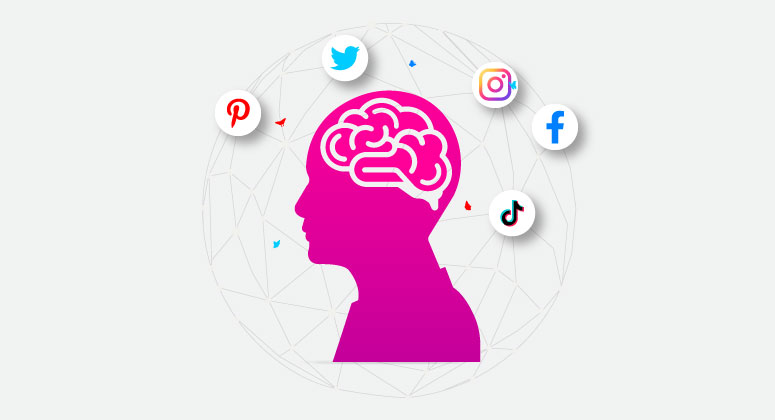The Future of Neuromarketing From a Social Media Point of View

Having expanded in scope since the term was coined, neuromarketing is continuing to advance thanks to emerging technologies. Artificial intelligence (AI) is becoming a great tool to further this advancement due to the ability to sort billions of data points and illuminate patterns. As digital consumers, data is left in the wake of our online path from social media to e-commerce sites to platform memberships and online services we’ve signed up for.
We are in a prime position to improve the marketing experience for advertisers and consumers. Advertising experiences will become more personalized and enjoyable, tailoring the path to purchase for receptive and happy audiences. Brands will have new ways of serving content to accurately matched audiences, increasing engagement and conversions.
Ads will become useful, instead of the nuisance that they are now:
- Approximately 79% of consumers are bothered by the number of ads displayed to them across platforms
- About 44% of users find these ads irrelevant to their wants and needs
Brands will be able to tap into the open internet as a data source, pulling information from billions of pages and applying AI data models that improve internet experience. Real-time, dynamic ads are being fueled by AI to target the right time and right audience based on special, contextual and predictive data patterns from over 400 billion sites across the open internet.
Solutions now exist to map the open internet so that brands can strategically deploy advertising there.
This all comes at a time when 3rd party cookies and tracking are going away, and privacy is rightfully being prioritized for internet users across the globe. We are entering an age in which users have more control over their data, including who has access to it and how it is being used. Naturally, the mindset of users online is different than ever before, and brands are noticing proven trends that inform their approach to advertising.
For more Neuromarketing, explore Understanding your Customer’s Brain on Advertising

The Social Media Mindset
For many internet users, instinctual engagement happens on our favorite social media platforms. We unconsciously take out our phones to scroll on Instagram, Twitter, or TikTok and get that dopamine hit, consistently allowing us to detach from our surroundings for the moment and enter a limitless digital world.
The addictive nature of these platforms has us spending hours of our day opening them up and passing time, but still, we don’t trust them. Most of the time spent there is passive engagement that requires little critical thought, as content is served to us on a silver platter that uses neuromarketing to inspire engagement at any cost.
As paid content increases across social media platforms, it becomes harder and harder to cut through the noise. Couple this influx of new content with the less-than-ideal mindset of the average social media user, and you start to understand why ad campaigns in these walled gardens are consistently falling short.
Lost Trust Lost Trust
We have begun to lose trust in our social media platforms. Big tech platforms have repeatedly been exposed for privacy overreach, providing little transparency on their data collection and usage methods. A rare point of agreement for global citizens of all ages, trust of social media services is at an all-time low. Many find the advertising experience on these platforms to be invasive and annoying.
Only 20% of Facebook users and 48% of Google users truly trust their respective platform to responsibly handle the information collected on internet activity. Brands are reckoning with this, as ad campaigns in these walled gardens continue to underperform. All of the signs point to a skeptical audience that is being served content by algorithms that prioritize based on what will engage users.
Passive Audiences
Nearly 50% of Facebook users are scrolling mindlessly, just riding the wave of engagement with whatever content is served. When looking to discover new products or services, only 33% of online users turn to social media platforms. The intention to act is not clear, and shocking a user out of the passive state of mind requires a level of strategic precision that few advertisers are capable of.
For more Social Media, explore Should we Trust Social Media Advertising?
Conclusion
Neuromarketing has arisen as a way to learn about consumer habits and preferences, and cater your campaigns to the mindset of your audience.
As we gain more insight into the minds of everyday consumers, it’s becoming clear that allocating significant portions of ad spend on social media platforms isn’t the strongest approach. ReverseAds Social Ads is a better alternative to boost your social media presence. Contact us today to learn more!





